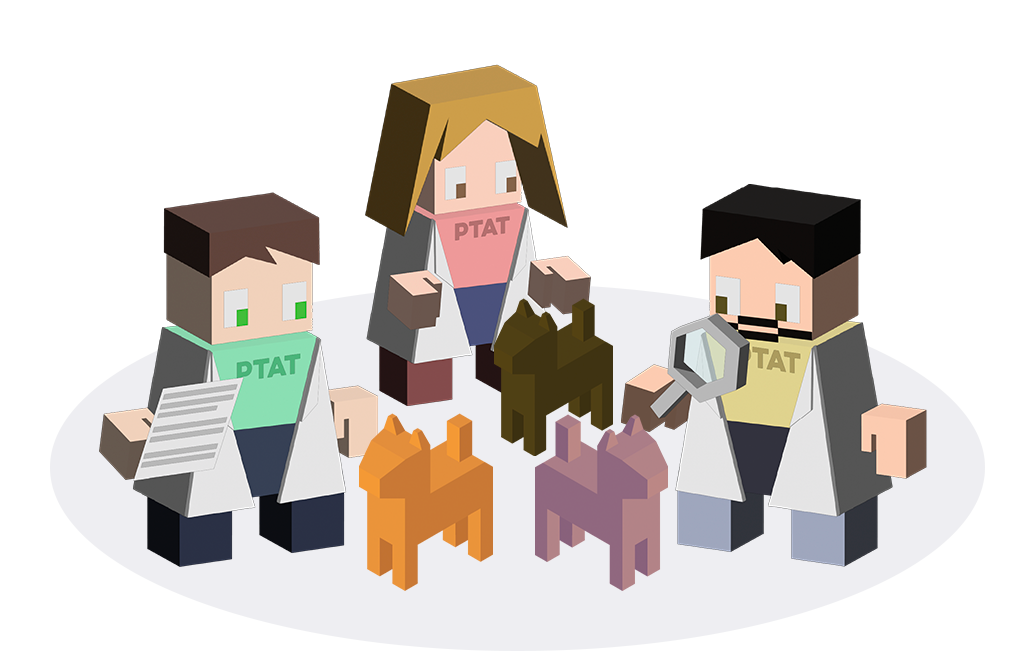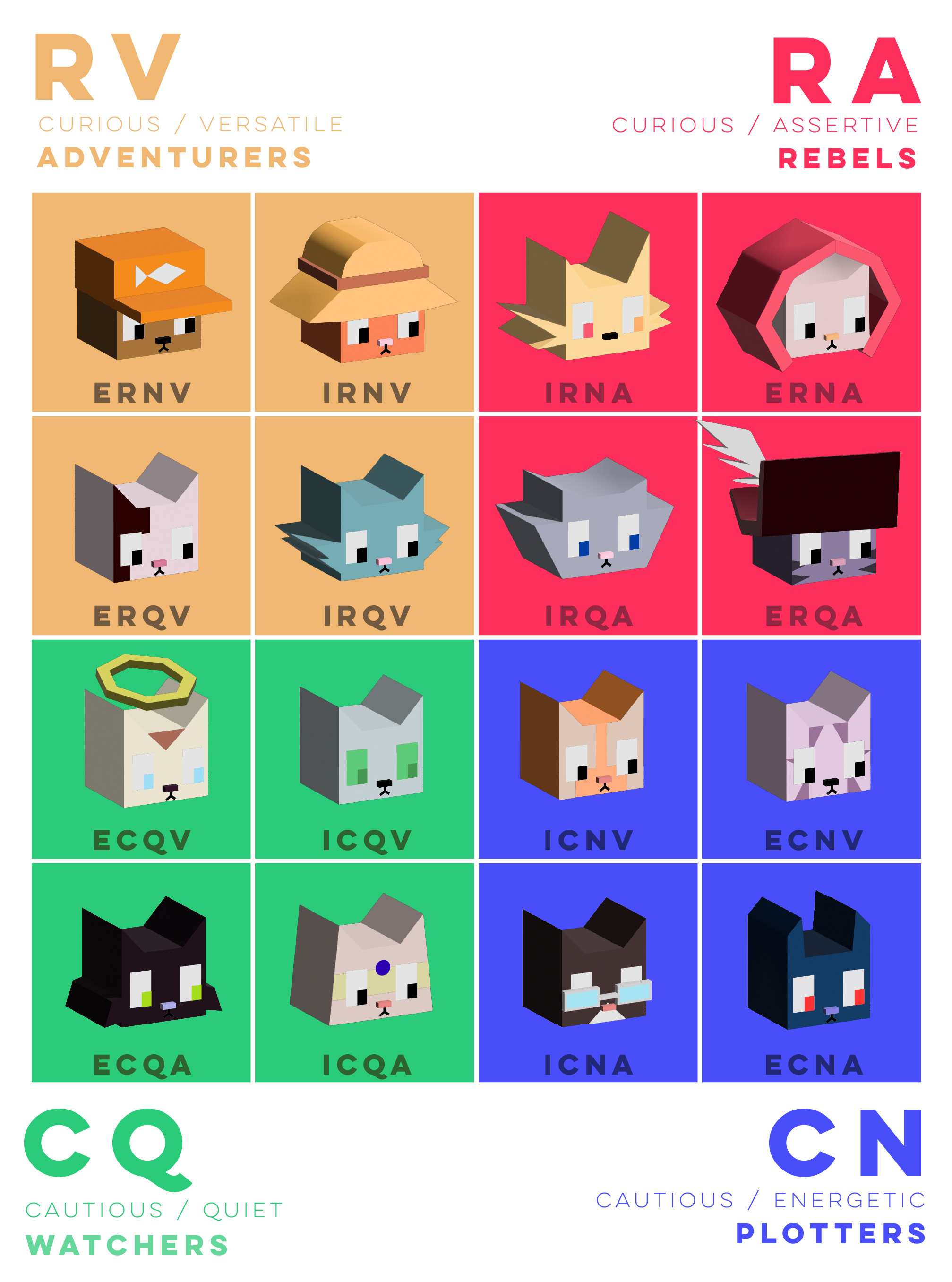The PTAT
Pet Temperament Assessment Tool
Exploring Feline Personality
Meet PTAT

PTAT is a fresh, playful approach to understanding your cat’s behavior. Developed by a passionate couple with a love for both animals and psychology, our test was born out of real-life experiences and is supported by a vibrant community of cat enthusiasts.
The Story Behind PTAT

It all started with a simple love for cats. A young couple, inspired by their own feline companion and the quirks they observed day-to-day, decided to turn their passion into a fun project. By gathering insights from fellow cat lovers, they transformed everyday observations into a delightful, interactive experience.
How PTAT Works

Our test is modeled on classic personality frameworks but reimagined for our feline friends. It evaluates traits along dimensions like Introversion vs. Extraversion and Curiosity vs. Caution, with a light-hearted twist that includes a scale from Silly (Si) to Smart (Sm).
Why PTAT Matters
More than just a game, PTAT is designed to strengthen the bond between you and your cat. By highlighting your pet’s unique traits, the test helps you understand their needs better, paving the way for a happier, more harmonious home.
The PTAT Impact
PTAT is all about celebrating what makes each cat unique. Our goal is to offer a tool that not only entertains but also enriches your daily life with your furry friend, emphasizing care, individuality, and lots of fun along the way.